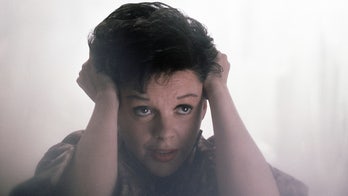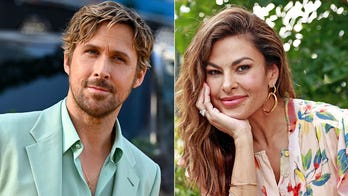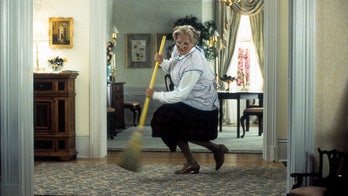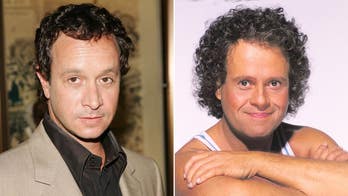
Sultry dancing, posing on New York City buses in barely there bikinis, and feisty rivalry are just a few of the things that viewers can expect from “Model Latina”– a fashion competition – where one of three final contestants will be crowned the winner on October 25th.
Now in its third season on Sí TV, the competition gives15 stunning young ladies the opportunity to prove that they can be the next Latina supermodel.
The winner will be receiving $25,000 in cash and will sign with Q Management – one of the leading model agencies in New York City and Los Angeles.
A mission of the show, created by Executive Producer María Pérez-Brown, is to give Latina women the confidence and skills needed to become icons in the fashion industry.
“Maria wanted to do a show about the hidden things about Latinas [like diversity],”says "Model Latina" photographer Franco Lacosta.
“I wanted to empower the girls, teach them what is success, and how to define it. I wanted them to find their passion.”
Throughout the competition, contestants quickly learn that modeling is no easy task, especially if you are Latina. According to Lacosta, most Latinas tend to be curvier and culturally more conservative – a factor that can be of hindrance in an industry where models are expected to do everything and anything.
“It’s more than being pretty and skinny,” Lacosta says. “You really need to have a full mindset. The foundation of the Latina woman is religion. With religion comes guilt and with guilt comes the ¡Ay, bendito! (Oh Lord!)”
Successful model and “Model Latina” judge Annette Rosario agrees with Lacosta.
“In the modeling world there are requirements, such as being a certain size and height,” says Rosario who is Puerto Rican and became the first Latina to be the face of L’oreal in 1994.
Rosario discusses how models cannot be bigger than a size four if they want to be successful.
"I was doing a show once and was told that they didn't want J.Lo walking down the runway," Rosario says.
Nevertheless, she encourages young Latinas who wish to pursue modeling to “not get discouraged.”
“Don’t let anyone tell you that you can’t do it,” Rosario says. “There is a place for everything in the industry.”
Rosario, who is 5 foot 10 inches, tells about the struggles that she faced as a Latina in the fashion industry.
“At one point in my career, I weighed 130 pounds, was called big, and I was told to go throw up occasionally,” says Rosario. “Back in 2000, it was looked down upon when I used to say that I was Puerto Rican. I was told that no Puerto Ricans looked like I did.”
Final contestants Nashlly Sokoli, Elora Perez and Jessica Santiago also open up about what it takes to be a “Model Latina,” the constant temptation of Latin food and the stereotypes that people have of Latinas in the fashion industry.
“Being a Latina model is definitely difficult because everyone expects me or just any Latina model to be voluptuous and sexy – you know the tight clothes. I think this competition is bringing a different aspect to Latina women… it brings more diversity,” says Sokoli.
At 5 foot 6 inches, the Ecuadorian/Lebanese 20-year-old from Newark, N.J., has had to work extra hard to prove that she can be a model despite her height.
“You have to be about 5 foot 9, 5 foot10 to really make it out there,” she says. “But I have the passion, the drive, I have the attitude… I may not have the height but my personality, my passion, made me six feet tall.”
Perez tells how she balances keeping her shape but still enjoying Latin food.
“It is so hard because, for instance yesterday my mom was like, "Do you want me to bring you something from the restaurant?" Normally, I would have this big plate of quesadilla and guacamole and stuff like that but I had to have my boring salmon and veggies. But, it’s worth it.”
Jessica Santiago, who is also Puerto Rican, says her biggest challenge has been being away from her family.
“I’m really close to my little sisters. I always get a bit homesick when I’m away,” says Santiago.
Santiago speaks up about the difficulty of the modeling assignments and how it is the model’s job to make it work and make the photograph look great.
“I had to pose in a trashy setting. Literally with trash,” Santiago says. “The point of that challenge on the show was to remind us the importance of keeping the environment clean. How are you going to look good in trash with overalls and a Trident [Gum] shirt?! But, you still have to make the outfit look cute.”






